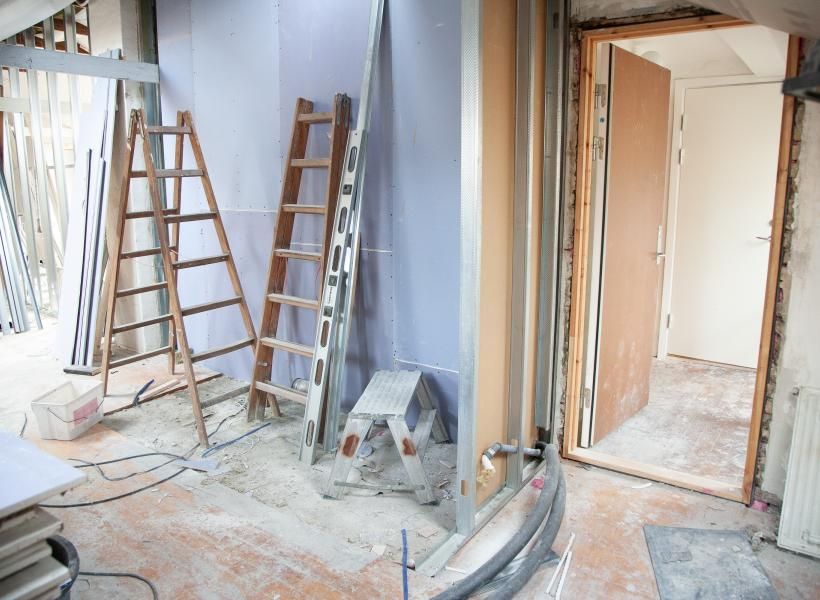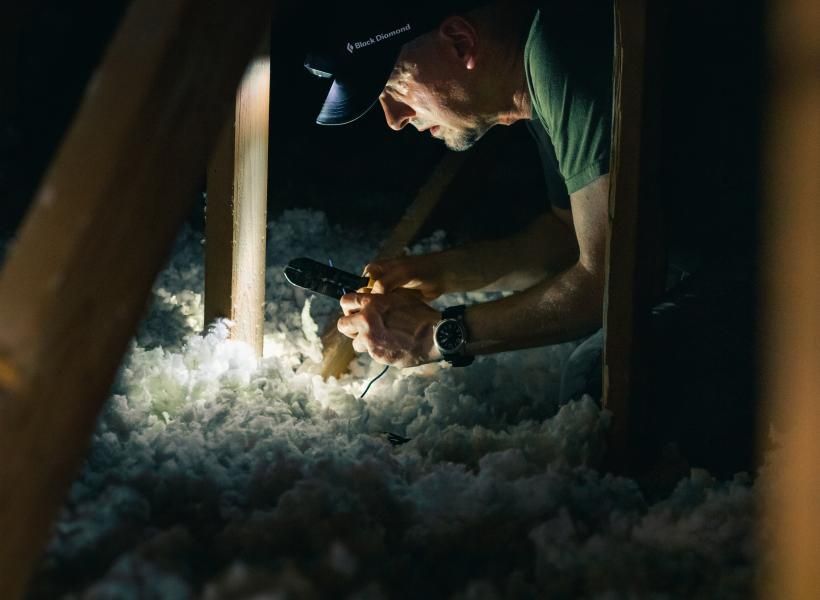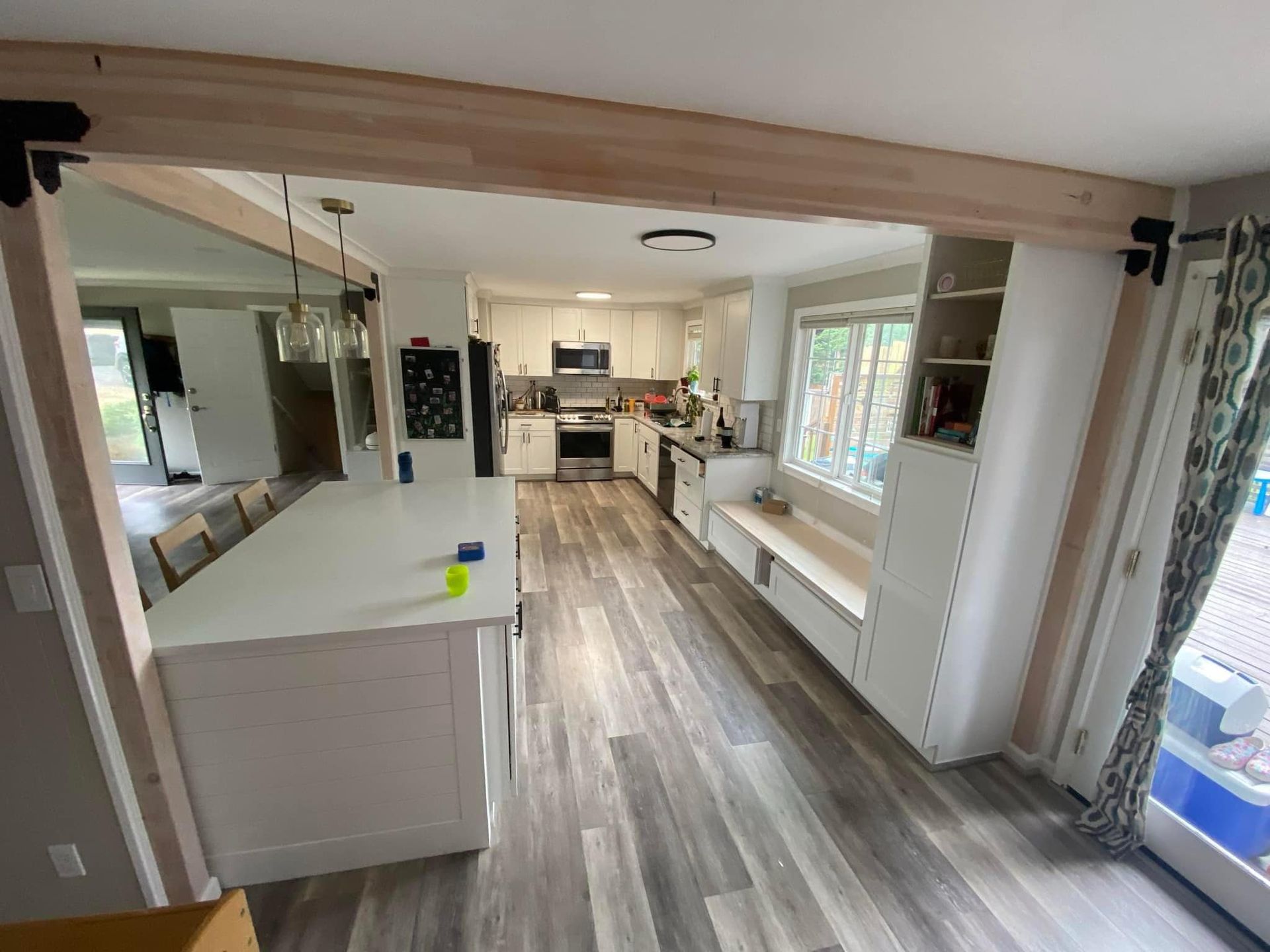Call Us Today! 425-240-4515
Serving Seattle & Surrounding Areas
office.jlfinishes@gmail.com
Call Us Today! 425-240-4515
Serving Seattle & Surrounding Areas
Post Title

Home renovations can be exciting and overwhelming at the same time. While the end result is a beautiful and updated living space, the process of getting there can be stressful and time-consuming. But with careful planning and execution, your home renovation can be a success. In this blog, we'll guide you through the steps of transforming your living space and achieving a successful home renovation.
Step 1: Determine Your Goals
Before you start any renovation project, you need to determine what you hope to achieve. Are you looking to add more space, update outdated fixtures, or create a more open floor plan? Once you have a clear idea of your goals, you can begin to create a plan for your renovation.
Step 2: Set a Budget
Renovations can quickly become expensive, so it's important to set a budget from the outset. Determine how much you can afford to spend on the renovation and prioritize your goals accordingly. Keep in mind that unexpected costs can arise, so it's always a good idea to set aside a contingency fund.
Step 3: Hire a Contractor
Unless you have extensive experience with home renovations, it's usually best to hire a contractor to oversee the project. Look for a reputable contractor who has experience with projects similar to yours. Be sure to check references and ask to see examples of their work.
Step 4: Create a Timeline
Renovations can take time, and it's important to have a clear timeline in place. Discuss the timeline with your contractor and make sure that it's realistic. Keep in mind that unexpected delays can occur, so be prepared to be flexible.
Step 5: Communicate
Good communication is key to a successful renovation. Stay in regular contact with your contractor and be sure to ask questions if you're unsure about anything. Make sure that everyone involved in the project is on the same page and understands the goals and timeline.
Step 6: Prepare for Disruption
Renovations can be disruptive to your daily routine, so it's important to prepare for the disruption ahead of time. Make alternative arrangements for living space if necessary, and be prepared for dust, noise, and other disruptions.
Step 7: Enjoy the Results
Once the renovation is complete, take some time to enjoy the results of your hard work. Your newly renovated living space should be a source of pride and joy for years to come.
In conclusion, transforming your living space through a successful home renovation requires careful planning, budgeting, communication, and patience. By following these steps and working closely with your contractor, you can achieve the results you want and enjoy your newly updated home.






Contact Information
Phone: 425-240-4515
Email: office.jlfinishes@gmail.com
Business Hours
- Mon - Fri
- -
- Sat - Sun
- Closed
Business itself work from 7:00 am - 7:00 pm, but that it is only if employees are carrying any kind of job, to request a job it is normal business hours.
By appointment only












Browse Our Website
Our Area of Service


